Gami Bunsik (가미분식)
2.5Km 2021-03-26
2, Ewhayeodae 8-gil, Seodaemun-gu, Seoul
+82-2-364-3948
This snack restaurant near Ewha Women’s University has been around for over 40 years. This Korean dishes restaurant is located in Seodaemun-gu, Seoul. The representative menu is stir-fried rice cake with cheese.
Oncheonjip Ikseon (온천집 익선)
2.5Km 2023-08-07
31-8 , Donhwamun-ro 11na-gil, Jongno-gu, Seoul
A restaurant with a pond and garden in the courtyard for the feel of old hanok style architecture, visitors can enjoy a meal with a view of the pond anywhere in the restaurant. The white gravel floor looks like a snow covered ground, and the brazier that burns wood daily gives off the mood of real hot springs motel.
Seochon Village (서촌마을)
2.5Km 2024-12-02
45 Pirundae-ro, Jongno-gu, Seoul (Nuha-dong)
Seochon Village is the name given to the area to the west of Gyeongbokgung Palace. It is a historic village, home to old shops and hanok buildings that have stood the test of time. Korean traditions and contemporary sensibilities coexist within Seochon Village’s maze-like alleyways, creating the unique ambience that makes the district so beloved. One can find shops, guesthouses, cafés, and restaurants in the village.
Goldria - Jongno 3(sam)-ga Branch [Tax Refund Shop] (골드리아 종로3가)
2.5Km 2024-04-19
1F, 50, Donhwamun-ro, Jongno-gu, Seoul
-
Lee Ri-Ja Hanbok Museum (이리자 한복전시관)
2.5Km 2022-08-08
20, Samcheong-ro, Jongno-gu, Seoul
+82-2-734-9477
The Lee Ri-Ja Hanbok Museum displays the traditional clothing worn in Korea from birth to death. All hanbok displayed at the museum are created by the hanbok designer Lee Ri-Ja herself, who has over 40 years of experience.
Artbox - Ewha Womans Univ. Branch [Tax Refund Shop] (아트박스이대점)
2.5Km 2024-04-19
7, Ewhayeodae-gil, Seodaemun-gu, Seoul
-
Artbox - Ewha Womans Univ. Branch [Tax Refund Shop] (아트박스 이대)
2.5Km 2024-04-17
7, Ewhayeodae-gil, Seodaemun-gu, Seoul
-
Dolgorae Hoetjip (돌고래횟집)
2.5Km 2021-03-26
101, Yulgok-ro 8-gil, Jongno-gu, Seoul
+82-2-765-3612
A great place for group dining and gatherings. This Korean dishes restaurant is located in Jongno-gu, Seoul. The most famous menu is sliced raw fish.
Ojang-dong Hamheung Naengmyeon (오장동 함흥냉면)
2.5Km 2024-02-22
108 Mareunnae-ro, Jung-gu, Seoul
Ojang-dong Hamheung Naengmyeon originated when grandma Han Hyesun, who migrated from Hamgyeongnam-do to Seoul during the Korean War, began selling Hamheung-style "nongma guksu (starch noodles)," eventually naming it Hamheung naengmyeon (Hamheung cold buckwheat noodles). Its signature dish, bibim naengmyeon (spicy buckwheat noodles), features chewy noodles infused with a tangy-sweet seasoning, showcasing the expertise behind its preparation. Alongside the flavorful broth served as a base, the menu also includes variations like hoe naengmyeon (cold buckwheat noodles with raw fish), mul laengmyeon (cold buckwheat noodles), suyuk (boiled pork slices) and mandu.
Ewha Womans University Museum (이화여자대학교박물관)
2.5Km 2022-09-14
52, Ewhayeodae-gil, Seodaemun-gu, Seoul
+82-2-3277-3152
The Ewha Womans University Museum was established in 1935 with the goal of preserving the cultural heritage of Korea. Originally, items related to folk art, traditional woodwork, and pottery were put on display in the hall of the main university to keep them from being confiscated during the Japanese occupation. This later led to the opening of the museum to display and store the growing collection.
Regular exhibitions of the museum’s collection have been taking place annually from 1972. Since 1996, the museum also held special exhibitions that focus on other themes related to cultural heritage. Additional small-scale exhibitions are also held frequently to promote Korea's traditional culture and art.
A ceramics research facility as well as a more traditional museum, a large portion of the museum’s efforts is focused on the research and excavation of kilns. To this aim, excavation teams from the museum have traveled to various parts of the country to conduct studies on historic sites and assess the value of artifacts. Through the publication of books and reports on its discoveries, the museum has contributed to raising knowledge and awareness of Korean cultural heritage in academia and among the public.
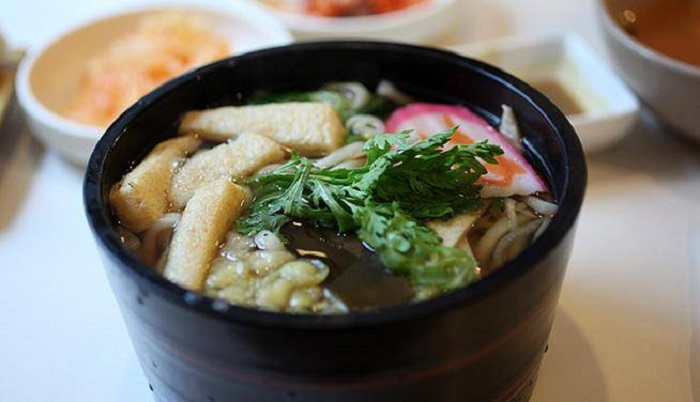
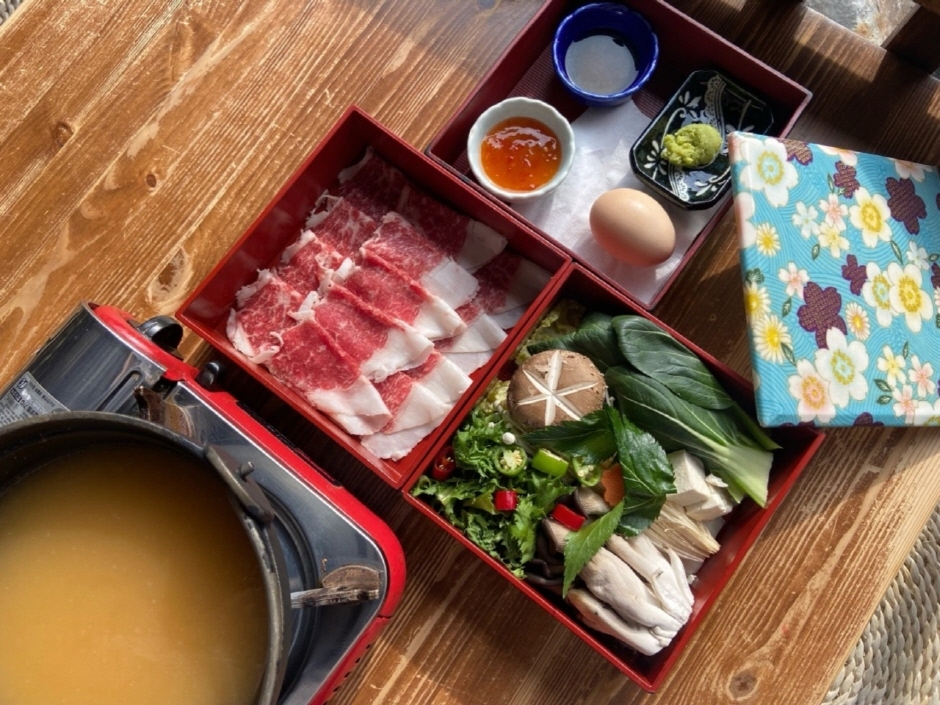
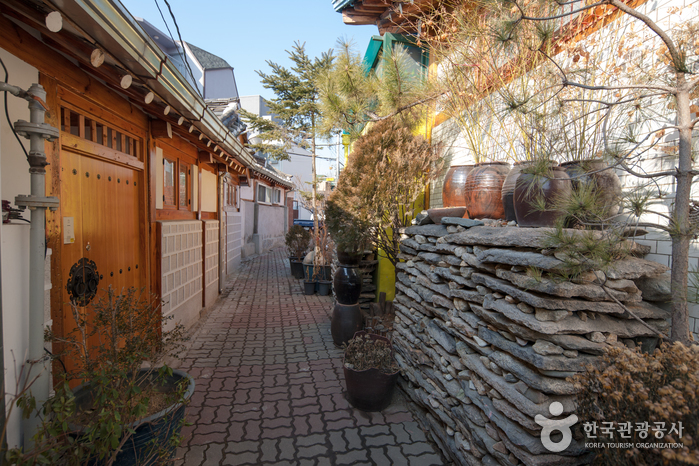

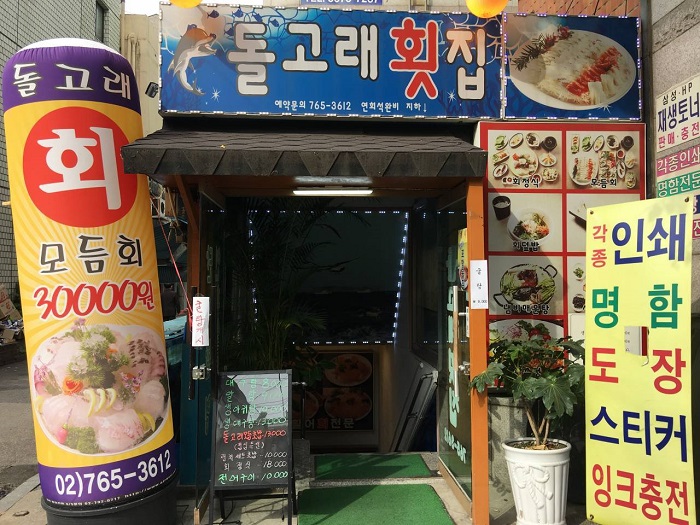
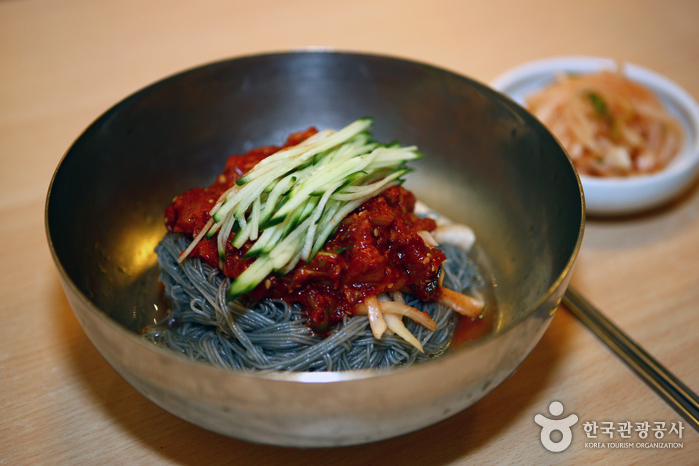
 English
English
 한국어
한국어 日本語
日本語 中文(简体)
中文(简体) Deutsch
Deutsch Français
Français Español
Español Русский
Русский